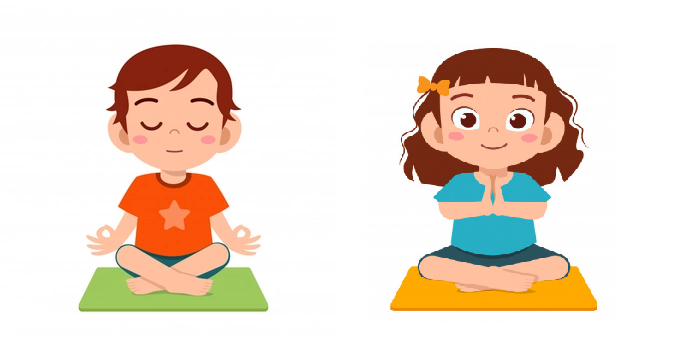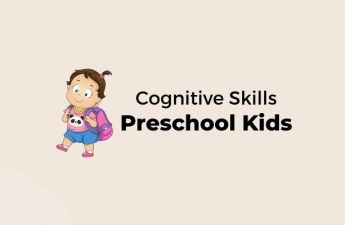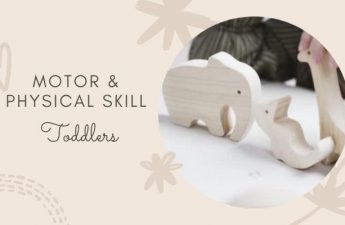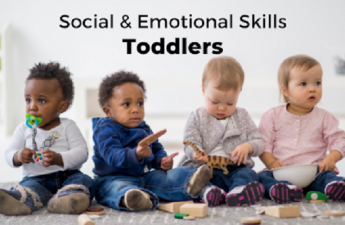Art Credit : Unknown
The human brain is an amazing physical space where an intangible yet a magical entity called ‘mind’ resides. Mind is a set of faculties that prominently includes cognitive and noncognitive aspects. Consciousness, imagination, perception, thinking, intelligence, judgement, language, and memory are cognitive in nature whereas aspects such as emotion and instinct are noncognitive.
All these critical aspects of the mind help us humans to perform simple as well as complex tasks in our day to day life. Plenty of these aspects of the mind are inherent and inbuilt, however, they need to be nurtured and polished to harness their full potential. Human brain and mind are most receptive and trainable at a young age. Therefore, in the majority of cases, kids learn things faster than older humans.
Children have a lot to do throughout the day. They have to attend school, tuition, sports coaching, hobby classes, etc, etc and on top of all these activities, they must find a way to watch cartoons on TV or Youtube and play with toys, friends, siblings, parents, grandparents. To be able to get the maximum benefit out of all these activities, children’s minds must be in a position to observe, absorb, and assimilate learnings from the activities. Now, the important question is, how to get their mindset in the most receptive state?
Meditation
Kid’s or in general, the human mind is a galaxy of wandering thoughts. Channelising these thoughts shall help to focus on specific tasks and complete them successfully. Meditation can help to achieve this. It is an act or an exercise of bringing body, brain and mind in sync to increase relaxation, focus and awareness. To experience the optimum impact of meditation, one needs to make it a part of daily routine. One time or scattered practice won’t be of any use. It is a skill and should be practiced regularly.
There are many ways to meditate. However, one of the easiest ones is to focus on your breath: the air taken into or expelled from the lungs for respiration.
How to Meditate
It is a very simple exercise yet many kids would find it difficult if their mentors/parents don’t guide them to studiously include it in their daily schedule. Steps to follow:-
1. Comfortable seat
You can sit on a chair or on the floor. Make sure you are stable and can sit in the same position for some time. Sit at a comfortable, quiet and calm place.
2. Time limit
Fixed time slot will help to prepare and complete the task efficiently. In the beginning, select a short time slot of 5 or 10 minutes.
3. Close your eyes
Though not compulsory, closing your eyes could help you relax quickly.
4. Breath and observe
Inhale air from your nose into your lungs, hold the air into your lungs for 2 seconds (count 1, 2), exhale the air from your nose. Observe the sensation of your breath and air as it goes in and as it goes out.
5. Manage wandering mind
During the breathing exercise, your mind and attention may wander to other places. Be kind to your wandering mind, just return and redirect focus on your breath.
6. Close Kindly
Gently open your eyes and start breathing normally. Take a moment to observe any sounds in the environment and how your body feels right now. Notice your thoughts and emotions. That’s it! That’s the exercise.
Benefits of Meditation
There are many tangible and intangible benefits of meditation. Some of the prominent ones for kids are as follows:-
Focus & Concentration: Develops resilient concentration & helps to focus on the present
Stress Management: Builds skill to manage stress
Self-awareness: Increases observational skills and in turn self-awareness
Positivity: Reduces negative emotions and encourages positive thoughts
Imagination & creativity: Increases imagination and creativity
Patience & tolerance: The ability to sit and just observe increases patience and tolerance





